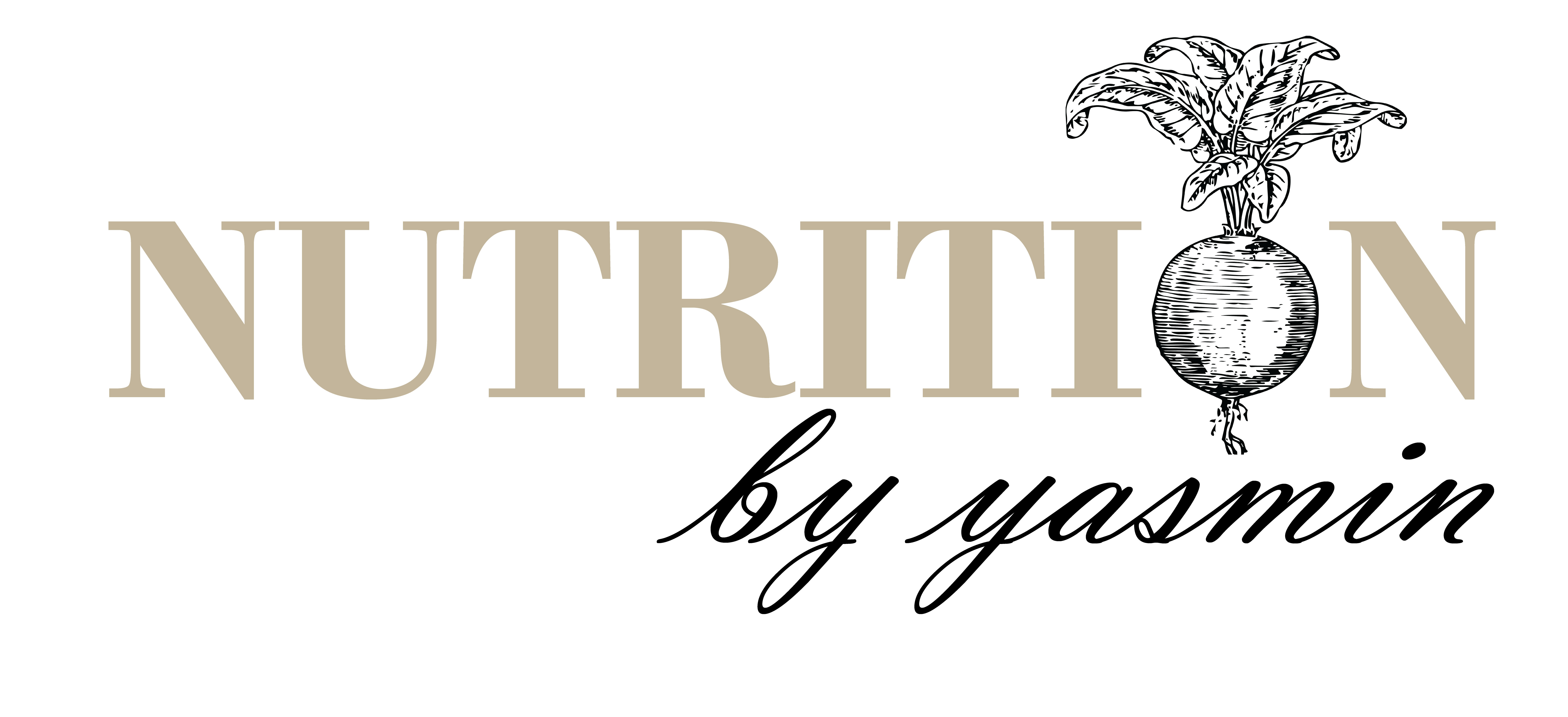The ‘S’ word…
Last month, we saw a whole week dedicated to sugar, raising awareness around it and some of the effects of excess sugar consumption. It is well documented that an excess consumption of sugar on a regular basis can increase the risk of developing obesity, type 2 diabetes, tooth decay, and other non-communicable diseases.
As we move into December and the ‘silly season’ is in full swing, naturally there will probably be an increase in the amount of sugar we consume. I’m not here to tell you to stay away from sugar this Christmas, as for some that is both impossible and a little daft. What I aim to do is educate you on what sugar actually is, it’s different forms and some top tips if you do want to try cut down on the sweet stuff.
What is sugar?
Sugar is the general word for sweet tasting molecules that can be found in many different foods. Sugar, also referred to as glucose, is what many carbohydrates are broken down to by our bodies. This sugar then enters the blood stream (hence the term blood sugar levels).
So you’re talking about sweets and cakes?
Sweets and cakes are indeed sources of sugar, but we often forget that ‘sugar’ is actually found within any foods that fall into the carbohydrate food group. These include fruits, vegetables, starchy foods such as bread, and milk products.
There are different types of sugar. We have naturally occurring sugar, and added or free sugars.
Natural sugars – these are the sugars that are found within whole foods (fruits, vegetables, dairy and natural grains).
Sugars found in fruits and vegetables – known as fructose.
Sugars found in milk and dairy products – known as lactose.
Sugars found in starchy carbohydrates such as bread, rice and pasta – known as glucose.
Free/added sugars – these are the sugars that we add to dishes or foods to get the sweet taste – table sugar, honey, syrups– known as sucrose. Any food products that contain free or added sugars are also included here – such as chocolate, cakes, sweets etc.
All sugars are not the same.
Ultimately, the body will break down all of these different sugars into glucose, but the type of sugar and the way you eat your sugar makes a big different on what effect it can have on your body.
All carbohydrates have a glycaemic index (GI) which tells us how quickly the sugar will enter the bloodstream, after ingesting it. The more the carbohydrate has been processed and broken down before we eat it, the easier it is for our body to break down, and the faster it will raise our blood faster (high GI). The more unprocessed the food is, and the more fibre that remains within it, the harder it is for the body to break down, and the slower it will enter the bloodstream (low GI).
High GI foods include: white bread, white pasta, white rice, sweet, table sugar, honey, chocolate, cakes.
Lower GI foods include: wholegrains, fruits, vegetables, beans, lentils, chickpeas, quinoa, brown rice, wholegrain pasta, wholegrain bread.
The GI can tell us how quickly it will raise blood sugar levels, but another term, the glycaemic load (GL), considers the GI and how much carbohydrate the food contains. So the GL is a much more useful index for us to use.
*It’s important to note that sources of natural sugars provide essential nutrients such as vitamins, minerals and trace elements such as calcium, however foods which contain added sugars, usually offer minimal or no nutritional benefits. Therefore, when discussing ways to reduce sugar intake, we should always address the sources of added sugar in our diets first.
Foods in synergy
Eating a whole bowl of white pasta alone, will cause a sharp and quick increase in our blood sugar levels. However, eating white pasta, with some avocado (healthy fat) and chicken (protein) will slow down the release of sugars, as the protein and fat are harder for the body to break down and digest. An even better way to further slow the release of sugar would be to swap the white pasta or a wholegrain version, containing more fibre.
Timing of sugar and carbohydrates
More recently, research has highlighted the importance and significance of consuming our carbohydrates and more sugary foods earlier on in the day. Research investigated the effect of meal timing on blood sugar levels. The standardised meal, consumed in the evening, as opposed to the morning, has shown to produce higher blood sugar levels, solely dependent on meal timing, suggesting our bodies are able to process the carbohydrates earlier on in the day. Those who ate more calories earlier on in the day also felt more satisfied and less hungry than those who ate a larger dinner.
There are a few easy ways we can try and reduce our added sugar intake all year round, and a few more specific ways during the festive season.
Things to look out for or be aware of:
- Yoghurts – go for natural/greek yoghurt. Normally the flavoured ones contain some kind of added sugar. If there is no sugar or sweetener in the ingredients list, the sugar is naturally occurring (lactose).
- Plant based milks – for those of you who chose to consume plant based milks, you may have noticed that they all vary quite greatly in taste, price and sugar content! Always try and pick the unsweetened ones, and try to ensure they have added vitamins and minerals, these should be calcium, vitamin D and vitamin B12.
- Sauces – many sauces and condiments are where sugars are lurking. Always check the ingredients and nutrition labels of sauces to see how much sugar they contain. Anything with over 5g of sugar per 100g is considered a high sugar product. Ketchup, hoisin, sweet chilli and teriyaki are some of the sauces which are higher in sugar.
- Alcohol for many people is always a huge feature of this festive period, but some alcoholic drinks will be higher in sugar than others. Cocktails with syrups, juices and added sugars are obviously the ones with the higher sugar load, however spirits such as vodka and gin, mixed with soda water or slim line tonic water are considerably lower in sugar.
- This time of year also calls for all of the weird and wonderful flavoured latte and hot drinks we find in coffee shops. Just be aware that all of these festive lattes are flavoured with syrups, which are essentially sugar, flavouring and maybe some artificial colours. Some shops will offer sugar free syrups, however there is now more research linking sweeteners to negative health outcomes too. For healthier options go for: plain teas and coffees, herbal teas, homemade hot chocolate drinks with cocoa powder, turmeric and matcha lattes with no added sweetener or sugars. There are some great festive herbal teas, such as spiced red winter and ginger teas, so try and opt for these instead!
- Eat balanced meals first. When the festive tables are piled high with snacks and desserts, its still important to eat healthy balanced meals, for a few reasons. 1) These snacks and desserts often lack vital nutrients such as vitamins and minerals. These micronutrients are what help our bodies perform the day to day functions, such as producing energy and enabling detoxification. By still ensuring we are eating plenty of fruits, vegetables, wholegrains, protein and healthy fats, we are able to maximise these vital nutrients, when we need them the most! 2) By consuming healthy balanced meals, we are less likely to overindulge on the desserts and sweet foods.
- Don’t limit foods too much– you may be familiar with the binge-restrict cycle. If you are constantly telling yourself “you can’t have any mince pies” or “you can’t eat any chocolate over Christmas”, the most likely outcome is that you will try your best to avoid it, and then one day binge on it, and probably eat more than you would originally have had. We know that the festive season can mean more sweet foods are around, so try and let yourself have the odd item here or there, as this often installs a healthier eating pattern and association with food.
I’m sending you all some early festive wishes…enjoy your festive season, relax, have some time off and feel rejuvenated for the New Year!
References:
Jakubowicz, D., Barnea, M., Wainstein, J. and Froy, O. (2013). High caloric intake at breakfast vs. dinner differentially influences weight loss of overweight and obese women. Obesity, 21(12), pp.2504-2512.
Morgan, L.M., Shi, J.W., Hampton, S.M. and Frost, G. (2012). Effect of meal timing and glycaemic index on glucose control and insulin secretion in healthy volunteers. British Journal of Nutrition, 108(7), pp.1286-1291.

